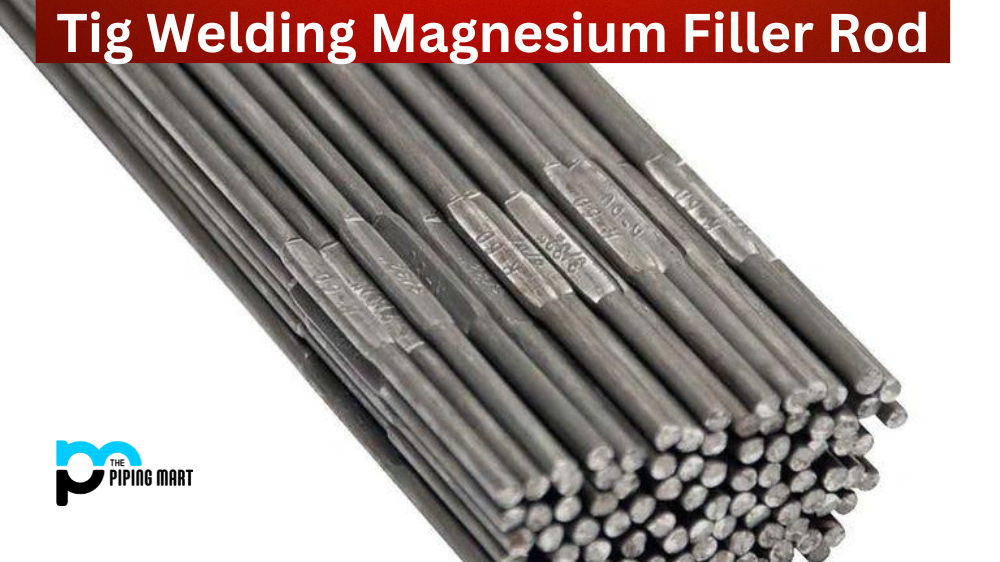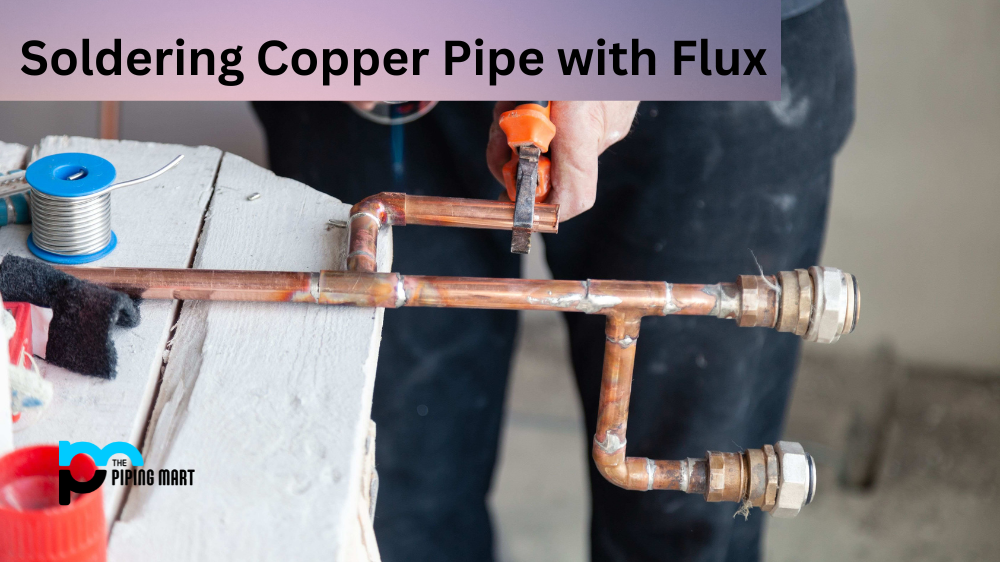If you’re looking to boost your welding skills, tig welding magnesium filler rod is an excellent place to start. The process of welding using magnesium is different than other metals and requires a specific set of tools and techniques. Luckily, with the right information and practice, anyone can become proficient in tig welding magnesium filler rods. Let’s take a look at what you need to know.
How Does it Work?
The process of tig welding magnesium filler rods involves several steps that are slightly different than other materials. First, the material should be preheated before being welded. This helps prevent warping or cracking due to the extreme heat generated by the welder’s torch. Next, you will want to select an appropriate size and type of filler rod for the job; typically, pure magnesium rods are used, but other alloys can also work depending on the application. Finally, you will use a low-voltage DC power source (typically between 10-20 volts) to create an arc between your welder’s torch and the material being welded. This arc melts both surfaces together as well as the filler rod itself, creating a strong bond between them.
Benefits of Using Magnesium Filler Rod
There are several benefits associated with using magnesium as a filler material in tig welding applications. For one, it offers superior corrosion resistance compared to other metals and alloys, which makes it an ideal choice for environments where moisture or chemicals could cause damage to less hardy materials. Additionally, it is lightweight yet highly durable, which makes it useful for applications that require high strength but minimal weight, such as aircraft parts or components for boats or vehicles. Finally, because it offers good thermal conductivity properties, it works well when heat needs to be dissipated quickly throughout a structure or object without damaging its structural integrity in any way.
Conclusion:
Tig welding magnesium is not easy, but with enough practice, anyone can master this technique and reap its many benefits over traditional methods of joining metal components together. By preheating your material beforehand and selecting an appropriate size and type of filler rod for each job, you can ensure that your welds are both strong and reliable while also providing excellent corrosion resistance if needed. With these tips in mind, you will be able to confidently tackle any task involving tig welding magnesium filler rod!
Meet Heer, a dynamic and driven writer learning tricks of her trade in the metal industry. With a background in Digital Marketing, Heer brings a unique perspective to her writing, sharing valuable insights. Apart from blogging she like reading and hiking.




